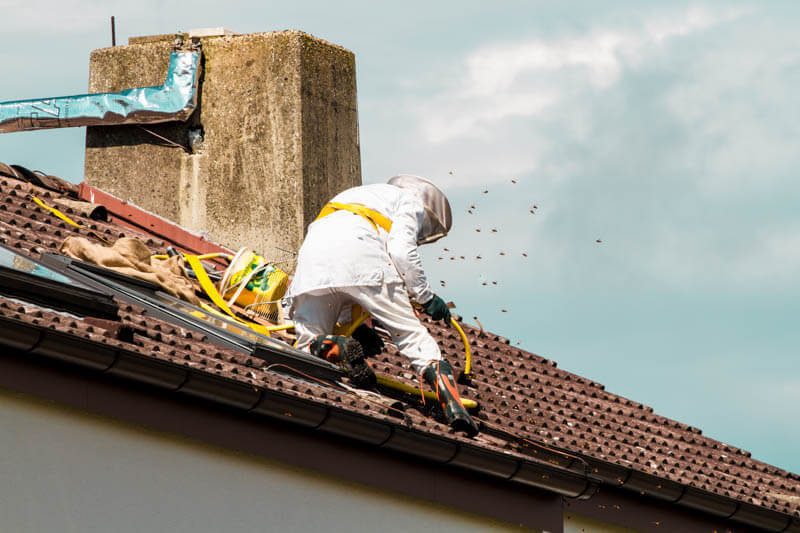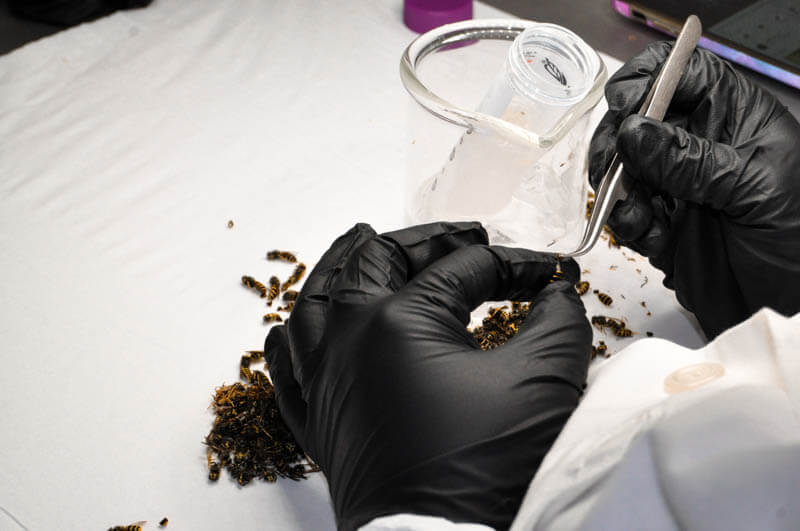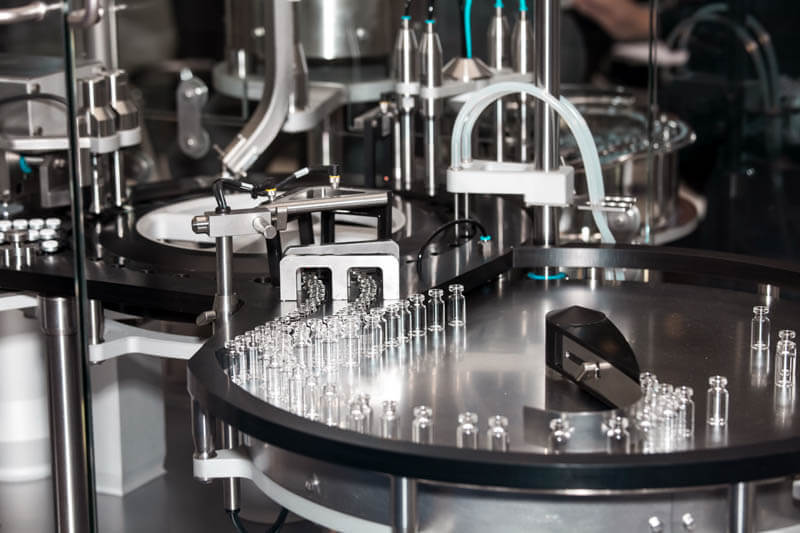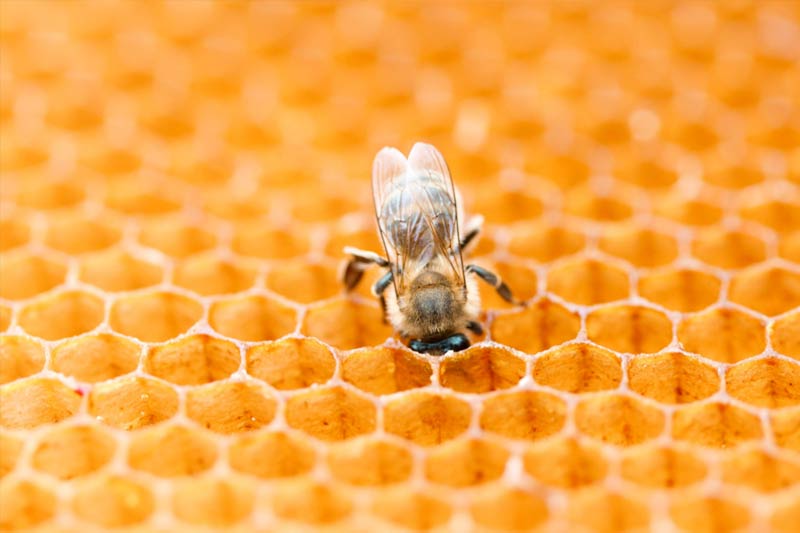Venom immunotherapy is a very effective treatment in reducing sting-induced allergic reactions.3 Treatment is completed through a series of allergy shots. The shots contain venom from stinging insects and slowly desensitize patients with allergies. But maybe you’re wondering how venom collection works.
Learn the five steps it takes to get venom from stinging insects into vials for venom immunotherapy treatment.
Venomous Stinging Insect Collection
A network of collectors across the country provides thousands of pounds of raw material (insects) each year.
Collecting Wasps
Since wasps, yellow jackets, and hornets can’t be bred, all collection occurs in the wild.
Collectors must search for wasp nests and confirm they have found the correct species. They take nests from backyards, parks, and other areas that pose a public health risk. The hives are frozen, and then the frozen insects are removed. Lastly, the insects are shipped to a lab for venom dissection.
Curious about this process? Read an interview with Dan Scollard, a wasp collection expert.


Venom Dissection & Processing
In contrast to honey bees, venom sacs from other stinging insects must be hand-dissected with tweezers. Each sac is only the size of a pinhead, making the process tedious and difficult. In fact, it takes 520 staff-hours to collect the 130,000 sacs needed for one batch of product for immunotherapy.
Next, highly specialized equipment is used to process the venom sacs.
LEARN ABOUT VENOM COLLECTION
Vial Filling
A machine called a lyophilizer is used to freeze-dry the raw material. The lyophilization process preserves the perishable material, helping to extend the shelf life of collected venom. Also, it makes the venom easily transportable. Then, filling equipment then distributes the material into a sterile vial.
Venom Collection: Product Finishing
Finishing is a manual process that encompasses individual inspection, hand-labeling each vial, and hand-packaging the product in preparation for shipment.

Venom Collection: Product Release
Each batch of venom must pass a minimum of 15 separate quality checks before being released for shipment. Also, all venom lots must also be submitted to the FDA for approval before release.
From Venom Collection to Venom Immunotherapy
Now that the venom collection process is completed, medical providers can give patients venom immunotherapy treatment. Patients receive doses of venom on a schedule, just like other types of allergy shots. Over time, this treatment desensitizes patients to bee stings.3. If you suffer from severe bee sting allergies, talk to a local medical provider today about your treatment options!






